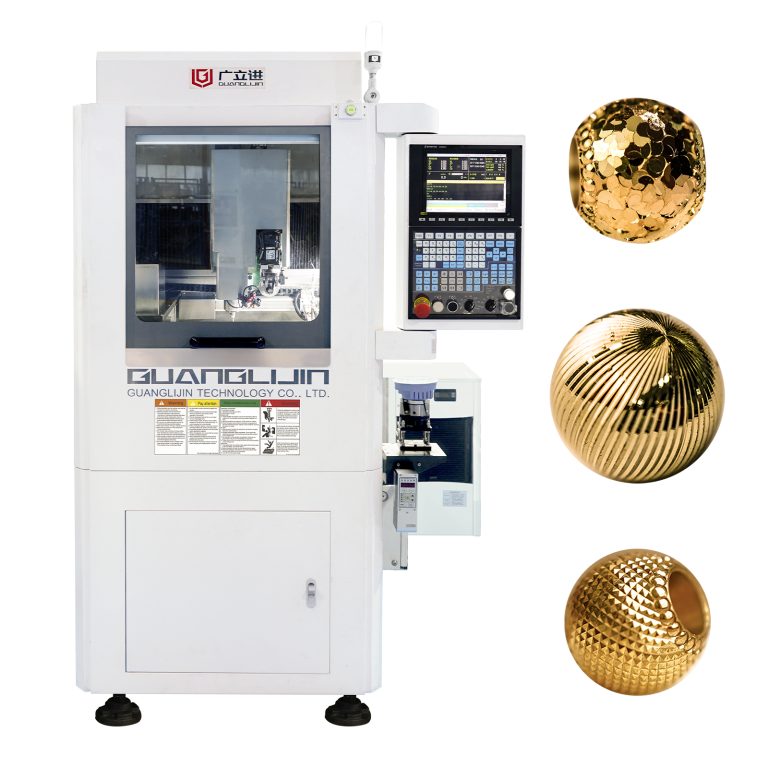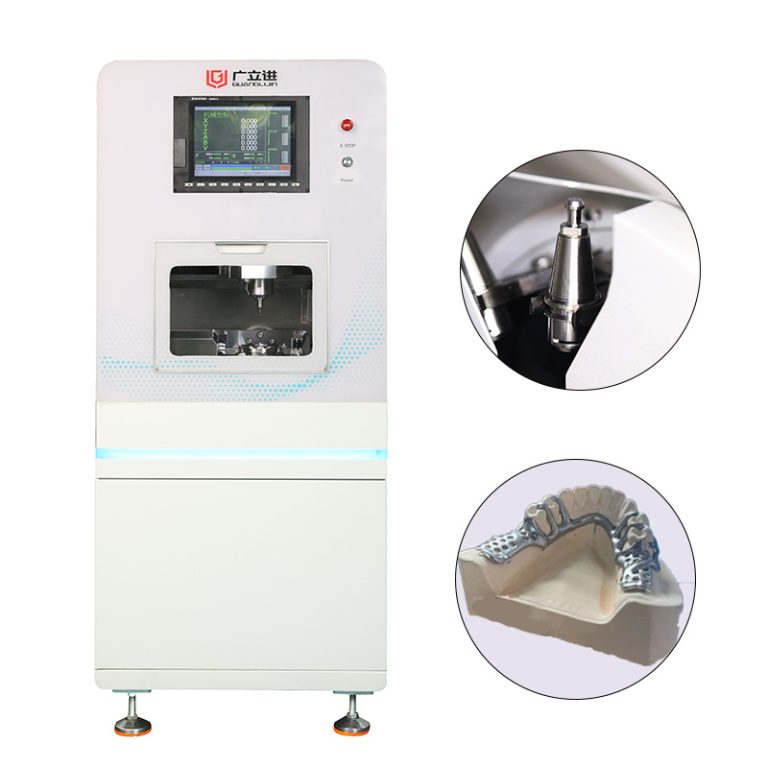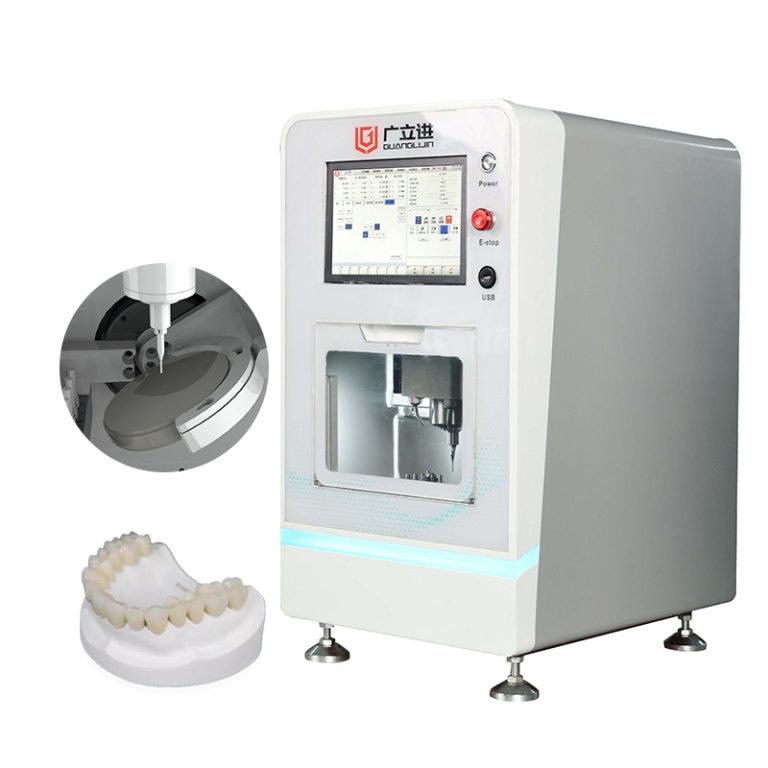Jewelry Casting Mastery: From Ancient Art to Modern Precision
Why Jewelry Casting Dominates Modern Production
Jewelry casting accounts for 72% of commercial jewelry manufacturing (2024 Jewelers Circular International). This ancient technique now achieves 0.01mm precision thanks to advanced centrifugal casting machines. Surprisingly, 3D printing has made casting more popular than ever for complex designs.
Our foundry made an unexpected discovery last season: Combining digital wax printing with vacuum casting reduced defects by 65% compared to traditional methods.
Lost-Wax vs Centrifugal: Casting Showdown
| Criteria | Lost-Wax Casting | Centrifugal Casting |
|---|---|---|
| Design Complexity | Excellent for intricate details | Better for simple to medium designs |
| Setup Cost | $3,500+ (vacuum system) | $1,200 (basic machine) |
| Production Speed | 4-6 hours per cycle | 2-3 hours per cycle |
⚠ Critical Warning: Never skip the burnout phase – residual wax causes dangerous steam explosions in molten metal!
7-Step Professional Casting Process
- Pattern Creation: Carve or 3D print wax models
- Spruing: Attach wax channels for metal flow
- Investing: Apply 6-8 ceramic coats (let dry between layers)
- Burnout: Heat to 1350°F over 12 hours
- Metal Preparation: Heat alloy to 10% above melting point
- Casting: Pour using vacuum or centrifugal force
- Finishing: Remove sprues, sandblast, and polish
The Hidden Challenges of Jewelry Casting
Metal shrinkage ruins more castings than beginners realize. Silver contracts 4-6% during cooling – that beautiful wax ring might become unwearable! We now oversize all patterns by 5% after losing three custom orders to this issue.
Interestingly, humidity affects results dramatically. Our studio maintains 45% RH year-round since discovering high moisture causes investment cracks (2023 Goldsmith Association findings).
Cutting-Edge Casting Techniques
Modern precious metal casting innovations include:
- Hybrid 3D printed/resin patterns
- Computer-controlled vacuum systems
- Alloy-specific cooling protocols
Here’s a pro tip: Adding 1% silicon to sterling silver reduces porosity by 40% – a trick we learned from German master casters.
Jewelry Casting Quality Checklist
- □ Wax patterns completely clean (no fingerprints)
- □ Investment mixed to creamy consistency
- □ Proper burnout schedule for metal type
- □ Metal heated to correct superheat temperature
- □ Quenching water changed after 6-8 casts




